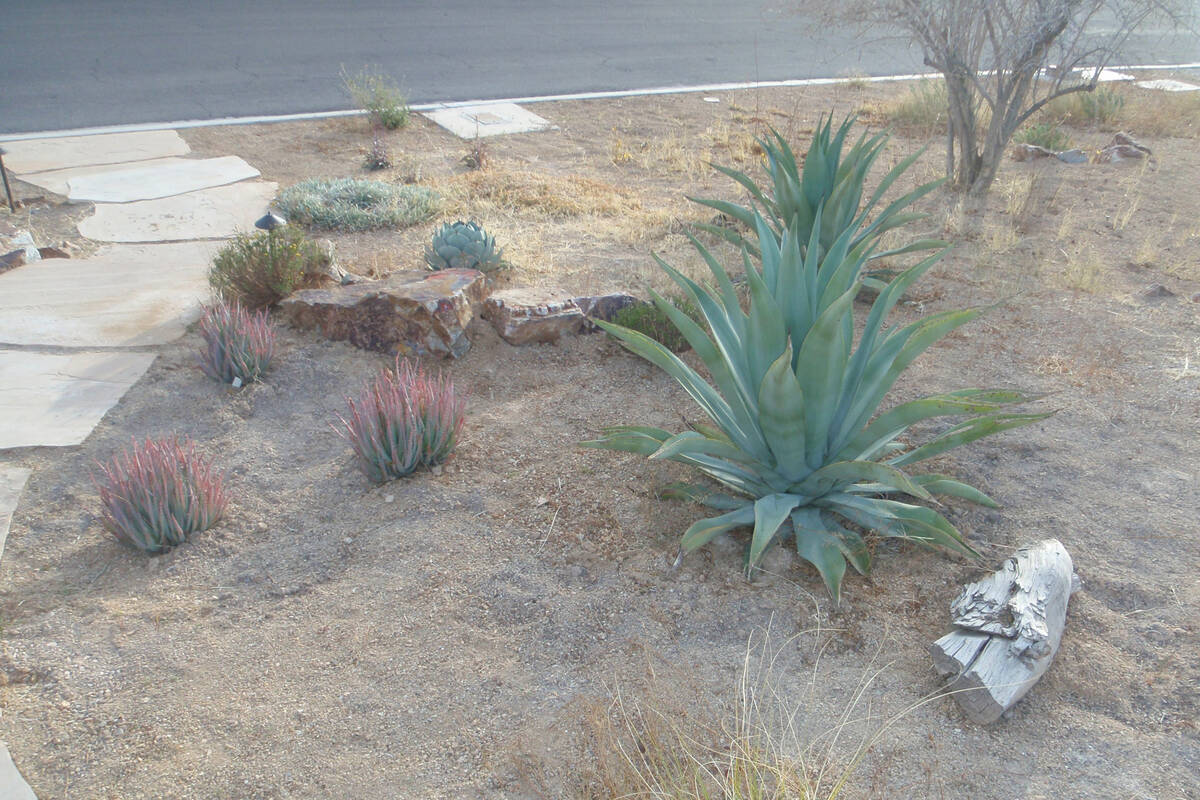Is one plant hardiness zone map preferable to another?
I was asked by several people about my reaction to the change in the USDA’s plant hardiness zone map in 2023. I prefer to use Sunset’s Western Garden climate zone maps.
The Sunset plant hardiness zones are based on the length of growing season, timing and amount of rainfall, winter lows, summer highs, and humidity. That makes its prediction for plant survival a bit more accurate than the USDA’s. But using both to help you get the best information is very helpful.
I don’t think the Western Gardens maps have changed, whereas the USDA’s have. The USDA maps give only the freezing and high temperature tolerances for plants. The Western Garden maps take into account a few of the local or regional microclimates. They have 33 climate zones, about 10 more than the USDA:
This should not stop you from making your own landscape plant hardiness assessment around your home. In the desert, close inspection of your landscape adds more dimensions to plant survival beyond the USDA and Western Gardens maps.
The USDA’s 2023 map shows that about half of the country has shifted about one-half zone warmer than in previous years.
Q: I was just reading in your column about how brittle palo verde trees can be. My blue palo verde is still in front of my house, but a few years ago a few big branches broke off, and luckily not on to my house! The tree still looks great. But in the spring, I do not let the gardener clean up until all the yellow flowers are gone. It just looks too pretty on the ground. I am not so sure, but I think I had this tree planted in the late 1990s.
A: In recent years, blue palo verde has been hybridized to give us the cultivars that are more popular landscape trees in our area: Selections such as the Desert Museum (introduced by the Arizona-Sonora Desert Museum in 1981) are known for large and prolific yellow flowers; poor, weak and failing branch and root structures; intense spring flower fall; and an outdoor carpet of flower litter,” according to Arizona State University. Perhaps that’s what you have.
Blue palo verde trees can have many problems, including a short life, living only around 40 years or so, and can be quite messy, experiencing leaf drop in response to drought or cold.
Several other blue palo verde hybrid cultivars such as Sonoran Emerald may be superior but a bit harder to find. This tree is a fast-growing, deciduous hybrid of the Desert Museum with blue-green bark and leaves. I would water this tree about once every three to four weeks once it’s established.
Q: How soon do I cut my yellow bells down to the just above the ground?
A: Prune them during the winter when you get tired of looking at them. That’s the simplest answer. Just make sure your pruning happens between Dec. 1 and March 1.
Yellow bells are tropical to subtropical, so they must be pruned a couple of inches from the ground after a significant freeze.
Q: I have several aloe vera plants inside my home in pots and they are doing well. My question is, when the weather warms up and I will be taking them outside, should I leave them in pots or should I plant them in the ground? How will they fare in the winter and summer?
A: I would plant them in the ground if possible. Aloe vera is a very good succulent for our climate. It will handle winter temperatures close to about 25 degrees. However, they are from Africa and not xeric in nature. It’s OK to put them on irrigation meant for mesic or nondesert trees and shrubs.
If I were planting aloe vera, I would plant it on the east side of a home. In other words, they don’t handle direct sunlight in the desert all that well. Because they are mesic, plant them with a some organic or compost amending the soil. Always plant wet.
Q: I would like to know how to get rid of fungus mites on my indoor plants.
A: Make sure that they are in fact mites and not an insect causing damage. By the way, the correct term is spider mites, not fungus mites.
Spider mites can pose a common problem for indoor plants, especially with our low humidity.
Probably the best way to make sure they are spider mites is to use the paper test. Take a regular sheet of white paper and put it under an infested leaf. Slap the leaf or leaves and stems against the paper pretty hard. Hold the paper still for about 30 seconds. If there are any specks crawling around on the white paper, those are living spider mites.
Another method is to look for spider webbing. This webbing is usually between stems. The paper test is better because there are spider mites that spin webs that do not cause plant damage. But the combination of webbing plus plant damage usually justifies control.
I like to use oils for controlling spider mites. I’m talking about horticultural oils, not neem oil. You will have to apply it several times, once a week, to get the same control that you would get from a single application of an appropriate miticide such as BioAdvanced Pest Control.
Bob Morris is a horticulture expert and professor emeritus of UNLV. Visit his blog at xtremehorticulture.blogspot.com. Send questions to Extremehort@aol.com.





























